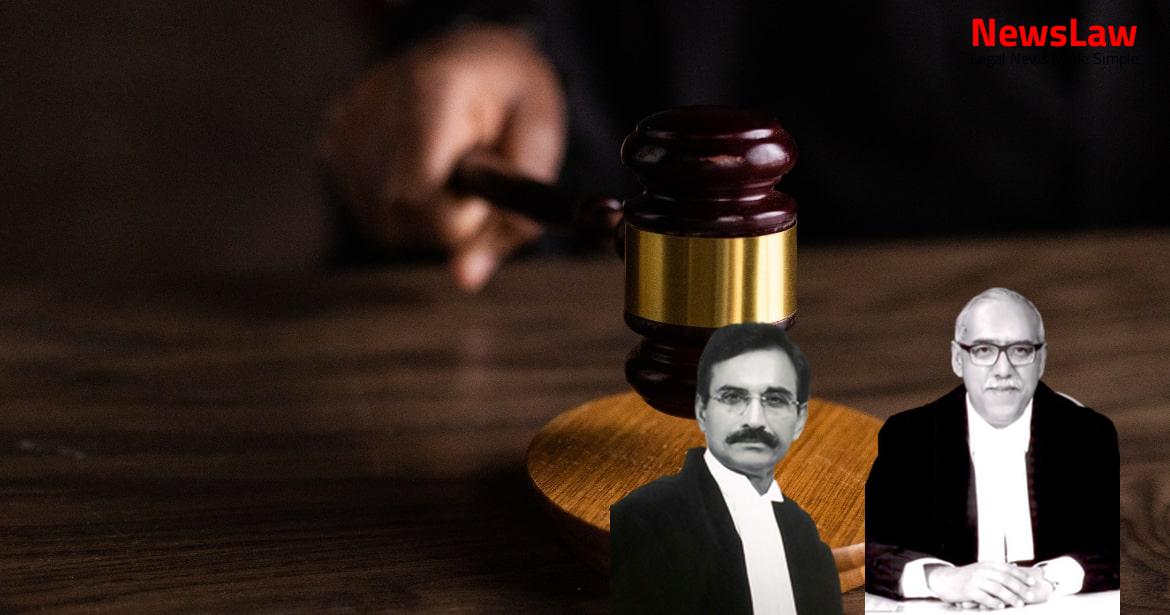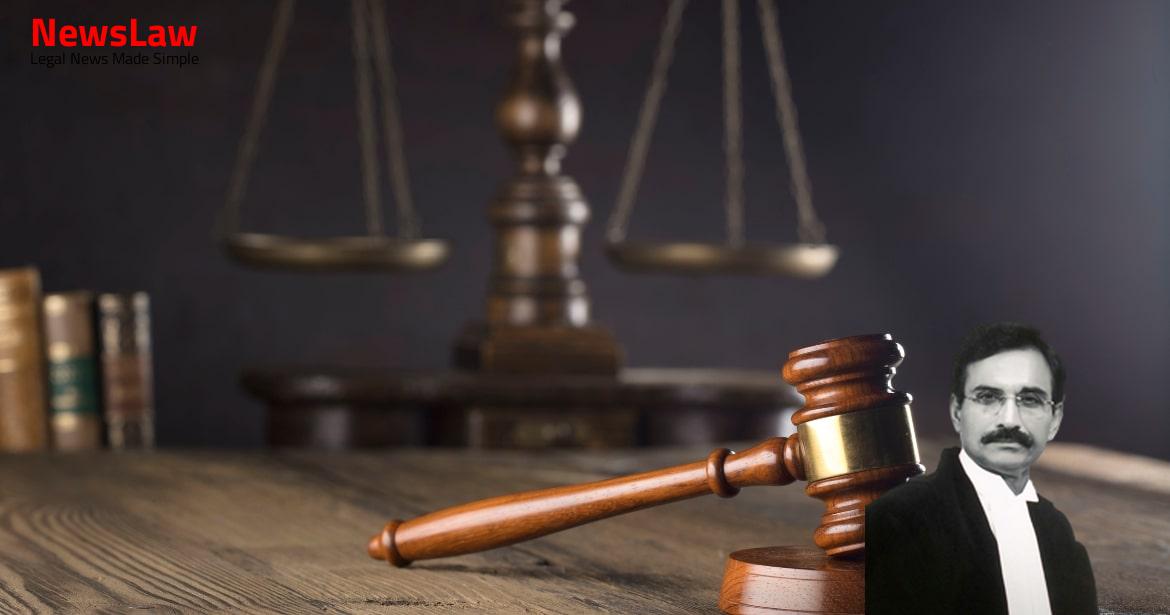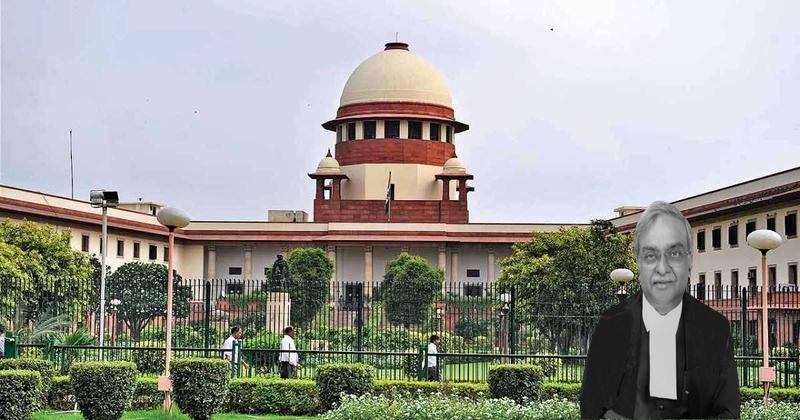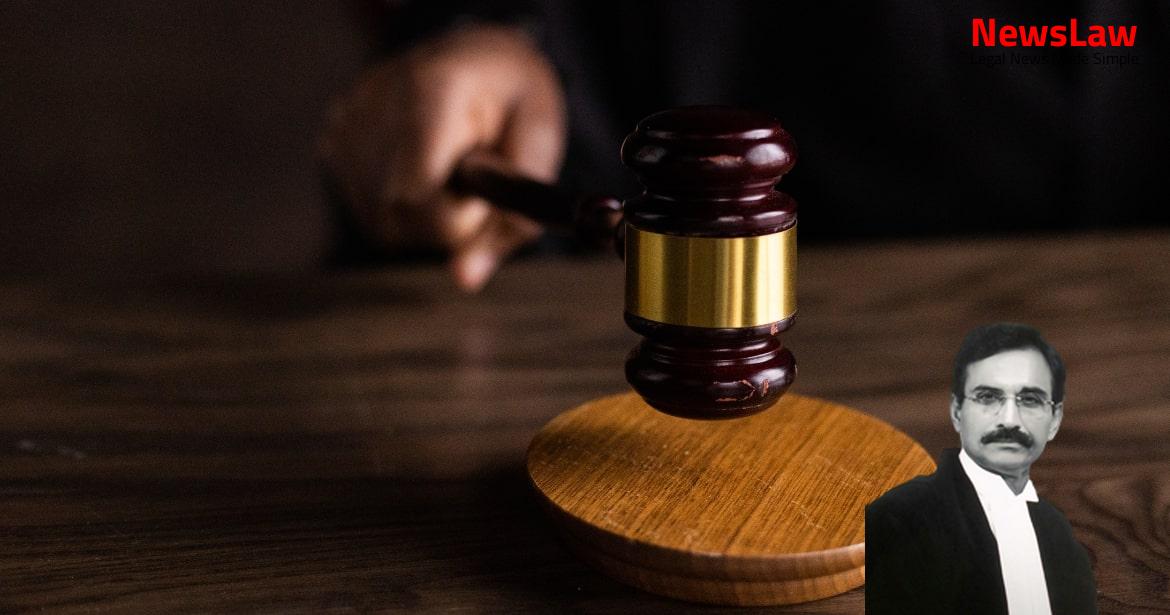In the case of the Supreme Court Legal Services Committee Pension Benefits, the petitioners, former and current employees of the Committee, have successfully argued for the inclusion of their entire service in calculating qualifying years for pension purposes. The Union of India contested this claim, but the Court upheld the petitioners’ stance, emphasizing continuity of service. Stay informed on this landmark decision! #SupremeCourt #LegalServices #PensionBenefits
Arguments
- Service rendered by the petitioners in the Supreme Court Legal Aid Committee and Supreme Court Legal Services Committee is in question in this case.
- The issue is whether this service is to be considered in calculating their qualifying service for pension purposes.
- The petitioners are both serving and retired employees of the Supreme Court Legal Services Committee, with various roles and responsibilities.
- The petitioners claim that their entire service should be considered as qualifying for retiral benefits
- Union of India rejected their claim on two separate occasions in 2017
- Petitioners argue that a previous judgment in their favor should apply to their case
- Union of India insists that benefits can only be given from the date of Rules’ promulgation
- Some petitioners joined the Supreme Court Legal Aid Committee in 1981
- Posts in the Committee were sanctioned under executive instructions from Ministry of Law & Justice
- Although no specific rules were framed initially, the posts were considered official
Also Read: State of Karnataka v. [Respondent]
Analysis
- The petitioners were appointed in different capacities in the Supreme Court Legal Aid Committee, which later became the Supreme Court Legal Services Committee.
- The National Legal Services Authority was constituted under Section 3, followed by the enactment of the Legal Services Authorities Act, 1987.
- The services of the officers and employees of the Central Authority are to be at par with Central Government employees in terms of conditions of service, salary, and allowances.
- The petitioners claimed entitlement to benefits under Rule 6, including retiral benefits, which was granted by the Court in a previous writ petition.
- Their entire service at the Committee is considered as qualifying service, with entitlement to various benefits available to Central Government employees in equivalent posts.
- In a subsequent writ petition, the petitioners claimed entitlement to pay, allowances, and other benefits under Rule 6 of the Regulations, which was also upheld by the Court.
- The Union of India contended that service prior to 03.07.2000 should not be considered for retiral benefits, and that this plea was already raised and not granted in the previous petition.
- The Court noted that Rule 6 specifies that the employees shall be governed by Central Government rules in all relevant matters, regardless of the timeline of their service.
- The Court emphasized that there should be no distinction between the service rendered before and after 03.07.2000, as the employees have been serving continuously at the Committee.
- The Central Authority framed the Supreme Court Legal Services Committee Regulations, 1996.
- Regulation 3(1) and 3(2) transfers all assets, liabilities, rights, title, and interest from the erstwhile Supreme Court Legal Aid Committee to the Supreme Court Legal Services Committee.
- The staff serving under the erstwhile Committee are deemed to be working for the Supreme Court Legal Services Committee.
- The Supreme Court Legal Services Committee Rules, 2000 came into effect on 03.07.2000.
- Rule 6 governs the conditions of service, salary, and allowances of the officers and employees of the Committee.
- The officers and employees are entitled to pay and allowances as per the indicated scale or at par with Central Government employees in equivalent posts.
- They are governed by Central Government rules in matters like retirement age, pay, allowances, benefits, and disciplinary issues.
- The employees are entitled to additional facilities and benefits notified by the Central Government.
- The appointment, pay, and allowances of employees are prescribed by the Central Government in consultation with the Chief Justice of India.
- Section 3A of the Legal Services Authorities Act deals with the constitution of the Supreme Court Legal Services Committee.
- Sub-section (5) and (6) of Section 3 allow the Central Authority to appoint officers and other employees.
- The plea made by the petitioner is not rejected.
- The petition is considered maintainable.
- The petition cannot be rejected on hyper-technical grounds.
- Order II Rule 2 of the Civil Procedure Code, 1908 may not apply to a petition for a high prerogative writ under Art. 226 of the Constitution.
- The High Court in the case of Devendra Pratap Narain Rai Sharma did not allow the claim for salary prior to the date of the suit.
- The Court did not interfere with the High Court’s discretion in the case of Devendra Pratap Narain Rai Sharma.
- Order II Rule 2 does not apply to the contents of a writ petition or the contents of a subsequent suit, as per the case of Gulabchand Chhotalal Parikh v. State of Gujarat.
- The service rendered by the petitioners in the Supreme Court Legal Aid Committee and the Supreme Court Legal Services Committee shall be considered as qualifying service for pension purposes.
- The petitioners’ service in the mentioned committees will be taken into account for calculating their retiral benefits.
Also Read: Legal Analysis of Entrance Exam Regulations in AYUSH Courses
Case Title: BRAHMA SINGH Vs. UNION OF INDIA (2020 INSC 134)
Case Number: W.P.(C) No.-000059 / 2019



